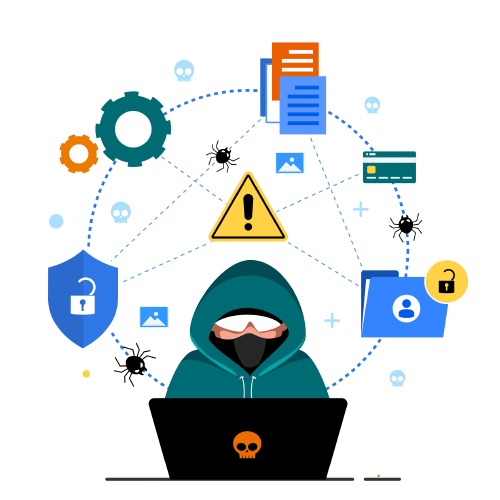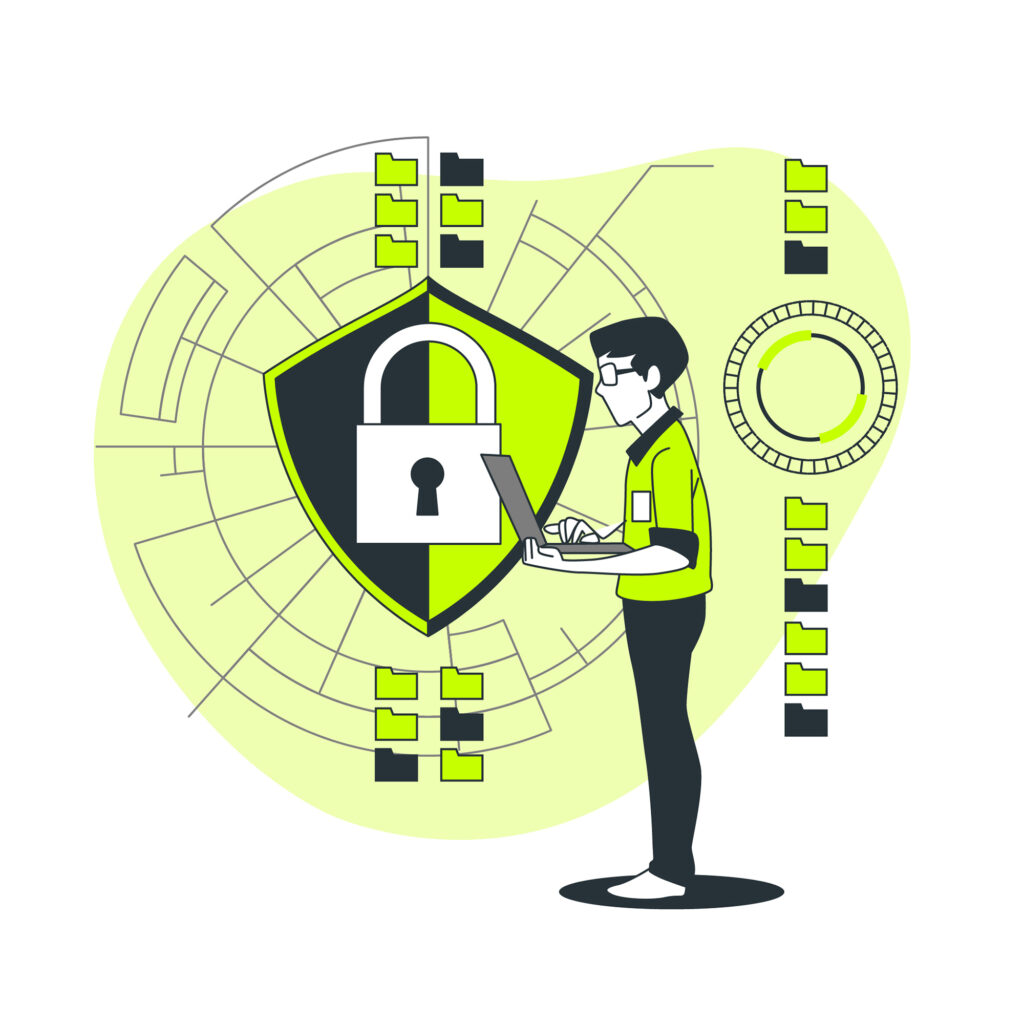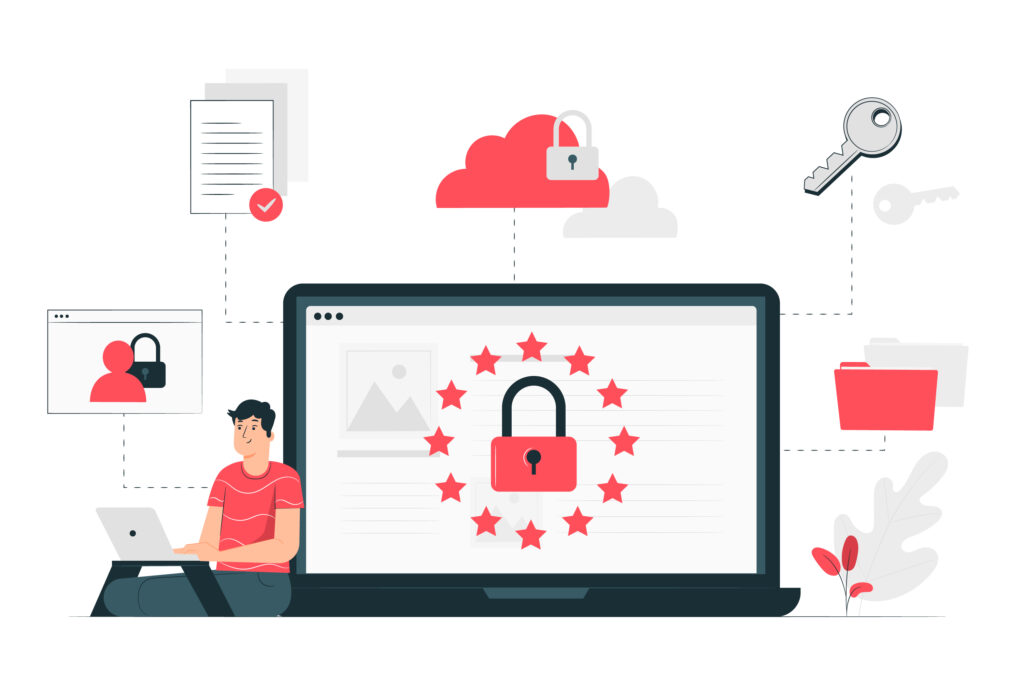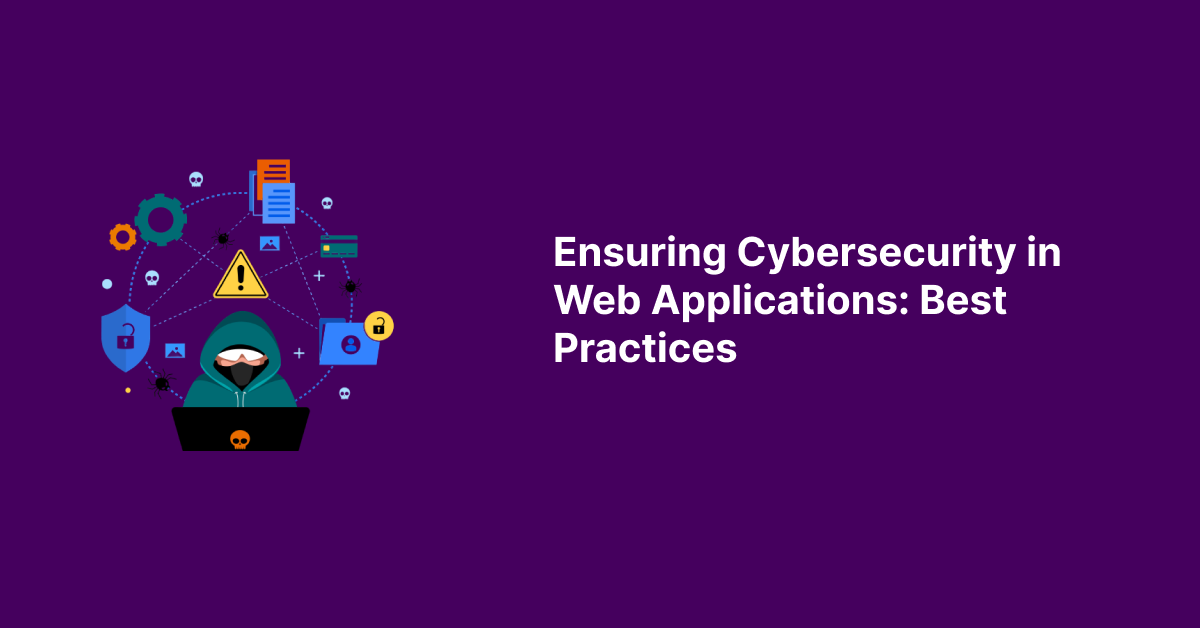In an increasingly digital world, web applications play a pivotal role in our daily lives. From online shopping to social media and business tools, we rely on web apps for various purposes. However, with this growing dependence comes an alarming rise in cyber threats. Ensuring cybersecurity in web applications is no longer an option—it’s a critical necessity. In this blog post, we will explore the best practices for safeguarding your web applications and the valuable data they contain.

The Importance of Web Application Security
Table of Contents
ToggleWeb Application Security
Web application security involves protecting web applications from various threats that can compromise data integrity, confidentiality, and availability. It encompasses a wide range of techniques, technologies, and best practices to mitigate vulnerabilities and defend against cyberattacks.
Cybersecurity Best Practices
Effective web application security is built on a foundation of cybersecurity best practices. These practices help organizations identify and address potential vulnerabilities and threats before they can be exploited by malicious actors.
Building a Secure Web Application
Secure Web Development
The journey to a secure web application begins with secure web development. It’s essential to adopt security principles from the very beginning of the development process. This includes following secure coding practices, using reputable development frameworks, and maintaining a security-first mindset.
Web Application Vulnerabilities
Understanding common web application vulnerabilities is crucial. Vulnerabilities such as Cross-Site Scripting (XSS) and SQL Injection are frequently exploited by attackers. By identifying and addressing these weaknesses, you can strengthen your application’s defenses.

Security Testing for Web Apps
Regular security testing is a cornerstone of web application security. This includes vulnerability assessments, penetration testing, and code reviews to uncover and remediate potential threats.
Web Application Firewall (WAF)
A Web Application Firewall (WAF) is a critical tool for monitoring and filtering incoming traffic to your web application. It can help detect and block malicious requests, providing an additional layer of security.
OWASP Top Ten
Implementing Strong Security Measures
Cross-Site Scripting (XSS) Prevention
Cross-Site Scripting (XSS) attacks occur when an attacker injects malicious scripts into web pages viewed by other users. Implementing input validation and output encoding can help prevent XSS vulnerabilities.
SQL Injection Prevention
SQL injection attacks involve manipulating database queries through user input. Prepared statements and input validation can mitigate the risk of SQL injection.
Authentication and Authorization
Effective authentication and authorization mechanisms ensure that only authorized users can access certain parts of your application. Implement multi-factor authentication (MFA) where possible.

Data Encryption
Data encryption is vital for protecting sensitive data. Use secure encryption protocols to safeguard data both in transit and at rest.
Secure Coding Guidelines
Establish secure coding guidelines for your development team. These guidelines should cover best practices for secure development, including input validation, error handling, and session management.
Intrusion Detection Systems (IDS)
Implement Intrusion Detection Systems (IDS) to monitor your web application for suspicious activities and potential breaches.
Strengthening Security Awareness
Strengthening Security Awareness
Security Awareness Training
Security awareness training is essential for your development team and all employees. Educate them about the latest threats and security best practices.
Vulnerability Scanning
Regular vulnerability scanning helps identify weaknesses in your web application. Automate this process to stay proactive in addressing vulnerabilities.
Threat Modeling
Threat modeling involves identifying potential threats and vulnerabilities early in the development process. It helps you prioritize security measures effectively.

Secure API Development
If your web application relies on APIs, ensure that secure API development practices are in place. APIs can be vulnerable entry points for attackers.
Preparing for Incidents
Incident Response Plan
Despite your best efforts, incidents may occur. Having a well-defined incident response plan in place can minimize damage and downtime during a security breach.
In conclusion,
Ensuring cybersecurity in web applications is a continuous effort that demands vigilance and proactive measures. By following these best practices, you can build a robust defense against cyber threats and protect your web applications and the valuable data they hold. Security is not an option; it’s a necessity in today’s digital landscape.
At Bit Binders, we specialize in web application security and can assist you in implementing these best practices. Contact us today to ensure the security of your web applications and protect your business from cyber threats. Your web application’s security is paramount—it’s time to take action.













